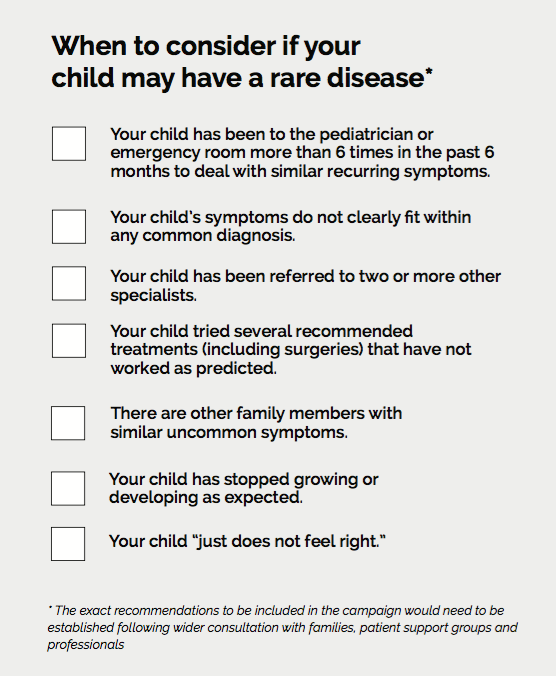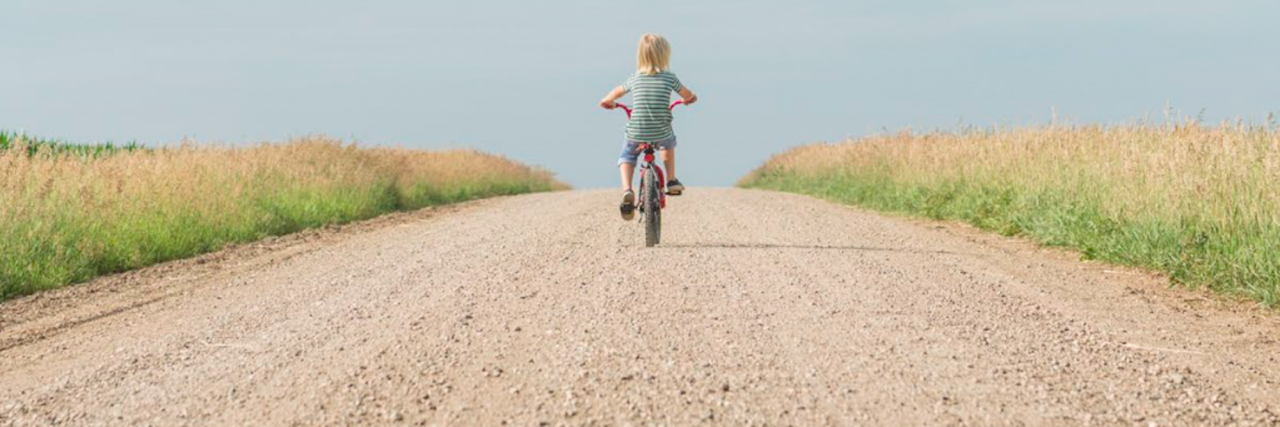The Global Commission to End the Diagnostic Odyssey for Children with a Rare Disease has released a roadmap detailing three tracks focused on patient and family empowerment, technology, and genetic consultation. All of which can help families receive an accurate diagnosis earlier on in their child’s life.
One out of every 10 people lives with a rare disease, an estimated 350 million people globally, making “rare disease” a bit of a misnomer in the medical field. Regardless of where a family lives, it can take them up to five years to receive a rare diagnosis for their child. Throughout this mystifying journey, families face multiple misdiagnoses, even after spending their time and resources seeking answers from specialists and doctors. In turn, this results in delays in receiving the appropriate treatment for their child and/or time lost in planning for their child and family’s quality of life.
Recognizing the need for change, EURORDIS-Rare Diseases Europe, Microsoft, and Shire (now Takeda) formed the Global Commission to End the Diagnostic Odyssey for Children with a Rare Disease in 2018. The commission consists of an international group of experts from various disciplines, who are collaborating to help accelerate the time it takes for families to receive an accurate diagnosis. Today they have published a three-track roadmap, focusing on actionable recommendations to help families receive a rare diagnosis sooner. All three tracks in the Commission’s roadmap aim to benefit the patient and family, physician and the health system as a whole.
Considering Rare Disease as a Possibility
For patients, families and practitioners, the roadmap recommends a three-point campaign for considering a rare diagnosis. These points revolve around:
- Increasing patient advocacy and raising awareness for rare disease
- Promoting the importance of parents and caregivers being able to ask relevant questions to practitioners to help consider rare as a possibility
- Stressing the need for providing extensive documentation of symptoms and any attempted interventions for the family’s child.
The Global Commission provides what a sample checklist might look like for considering whether a child might have a rare condition.

Creating Patient Empowerment By Enabling the Sharing of Data
One of the most challenging barriers to receiving a rare diagnosis is the lack of available and shareable data. The roadmap provides tools for all stakeholders (providers, specialists, families and patients) to facilitate the standardization, collaboration and sharing of information amongst one another.
The Global Commission advocates for the utilization of the latest technology, including electronic health records, blockchain and artificial intelligence, to provide secure and accurate data to all parties involved, across multiple health systems. Ease in data sharing allows practitioners to make more informed decisions, potentially shortening the lengthy pathway to diagnosis. The roadmap also outlines ways to ease access to genetic consultations on a global scale, using technology like teleconsultations. It recognizes that people across the globe, whether residing in remote areas or larger cities, deserve access to high-quality medical care and the chance to get an accurate diagnosis.
While a rare diagnosis might not always be the answer to a child’s symptoms, the Global Commission’s roadmap helps practitioners, families and the broader health system understand that a rare diagnosis deserves to be considered within the diagnostic odyssey.

